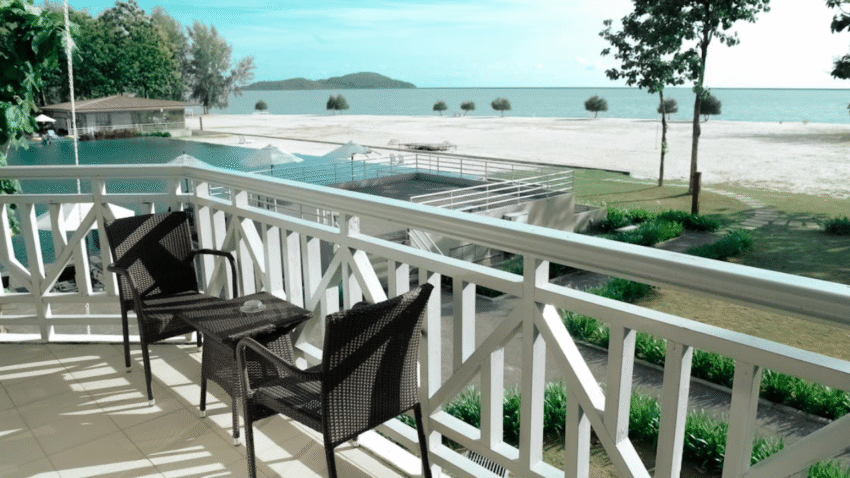Introduction
There’s nothing worse than trying to relax by the pool only to be swarmed by buzzing bees or aggressive wasps. While these insects play a vital role in nature, they can become a nuisance — or even a danger — when they hover around your swimming area. In this complete guide, you’ll learn how to keep bees and wasps away from your pool using safe, effective, and humane strategies that protect both your peace and the pollinators.
Why Bees and Wasps Are Attracted to Pools
Bees and wasps don’t just show up randomly — your pool offers several irresistible attractions:
- Water source: Insects need water to cool their hives and hydrate.
- Bright colors: Towels, swimsuits, and pool toys can mimic flowers.
- Sweets and food: Sugary drinks, fruit, and snacks draw wasps in particular.
- Floral scents: Perfumes, sunscreens, and shampoos can mimic nectar.
By understanding what draws them in, you can take smarter steps to make your pool area less appealing to them.
Step-by-Step Guide to Keeping Bees and Wasps Away From Your Pool
Step 1: Remove Standing Water Sources Nearby
Bees prefer shallow, still water over deep chlorinated pools. Eliminate unnecessary water sources:
- Empty birdbaths, flowerpot trays, and dog bowls daily
- Fix leaky hoses or outdoor faucets
- Cover rainwater collection barrels
- Use a pool cover when the pool is not in use
💡 Tip: Place a small birdbath or water dish far from your pool to divert bees and give them a safe place to drink.
Step 2: Use Natural Deterrents
Certain smells repel bees and wasps without harming them. Try these safe deterrents:
- Peppermint oil: Soak cotton balls or cloth strips in peppermint oil and place them around your pool deck or patio
- Cucumber slices: Place them near seating areas; bees dislike the acidity
- Clove, geranium, and lemongrass oils: Combine with water in a spray bottle for a DIY insect-repelling mist
Spray these natural oils on furniture, fence posts, umbrellas, and pool railings.
⚠️ Caution: Avoid spraying essential oils near pets or young children without checking safety guidelines.
Step 3: Set Out Decoy Wasp Nests
Wasps are territorial and generally won’t build nests near other colonies. Hang fake wasp nests (readily available online or at garden centers) around your pool area, especially in:
- Covered patios
- Gazebos or pergolas
- Fence corners
- Eaves and overhangs
Place them in early spring to prevent nest building before it starts.
Step 4: Relocate Sweet Scents and Food
Wasps and bees are drawn to anything sweet or fragrant. Reduce their attraction by:
- Keeping food and drinks covered at all times
- Serving sugary beverages in sealed containers or cups with lids
- Cleaning up spills immediately
- Storing trash in sealed bins
- Choosing unscented sunscreen, lotion, and hair products
💡 Pro Tip: Rinse out recycling bins and trash cans weekly to eliminate residue that attracts wasps.
Step 5: Use Bee-Repelling Plants Around the Pool
Plant certain herbs and flowers that naturally deter bees and wasps:
- Citronella
- Peppermint
- Basil
- Wormwood
- Marigolds
- Eucalyptus
Plant them in pots or garden beds around the pool perimeter. Not only do they deter insects, but they also enhance the landscaping.
Step 6: Install Insect-Repelling Devices
Insect-repelling tools can help create a barrier between pests and your pool:
- Ultrasonic insect repellers: Emit frequencies that annoy wasps and bees
- Citronella candles or torches: Great for evening pool sessions
- Oscillating fans: Wasps and bees avoid windy areas; place fans near seating or dining areas
⚠️ Note: Avoid bug zappers — they can kill beneficial insects like bees and often attract more bugs than they repel.
Step 7: Find and Remove Nests (Safely)
If bees or wasps are constant visitors, they may have built a nest nearby. Inspect areas like:
- Trees and shrubs
- Deck undersides
- Fences or sheds
- Roof eaves
- Gutters and downspouts
If you find a nest:
- Call a pest control professional for safe removal
- Do not spray or swat aggressively — this can provoke stings
- For bees, contact a local beekeeper to safely relocate the hive
⚠️ Caution: Never try to remove an active nest without protective gear or training.
Common Mistakes to Avoid
- Leaving Sugary Drinks Uncovered
Wasps love sugary liquids. Always use cups with lids outdoors. - Using Bright Floral Towels and Swimwear
Bright colors mimic flowers and can attract bees. Choose neutral tones instead. - Trying to Swat Bees and Wasps
Swatting increases aggression and the chance of being stung. - Ignoring Nearby Nests
Without removing the source, repelling tactics won’t be fully effective. - Overusing Harsh Chemicals
These can harm pollinators and contaminate your pool area. Try natural options first.
Extra Tips & Pool Hacks
- Keep the Pool Moving: Bees prefer calm water — use fountains or return jets to create ripples.
- Schedule Pool Time Early or Late: Bees and wasps are less active in the early morning or after sunset.
- Install a Mosquito Net Canopy: Great for creating a bug-free zone around pool lounges or dining tables.
Want more poolside safety tips? Check out our guide on [how to prevent slipping on wet pool decks].
Conclusion
Bees and wasps don’t have to ruin your poolside relaxation. By removing attractants, using natural deterrents, and monitoring for nests, you can significantly reduce the number of uninvited buzzing guests. Most importantly, use safe, humane methods that respect the environment while keeping your space enjoyable. A bee-free backyard pool is within reach — and it doesn’t require harsh chemicals or panic swatting!
📌 Bookmark this guide to keep your pool area peaceful and pest-free all summer long!
